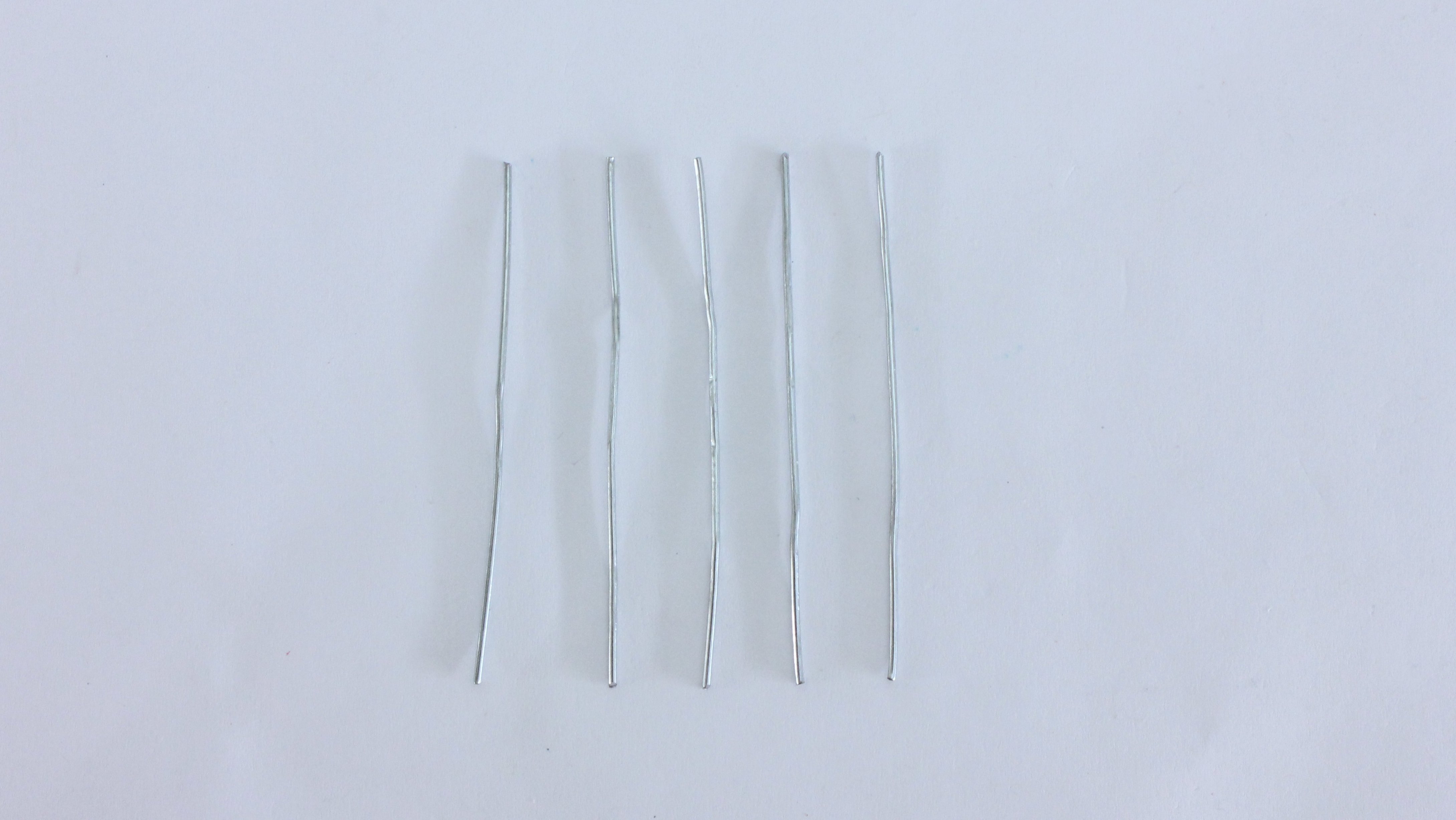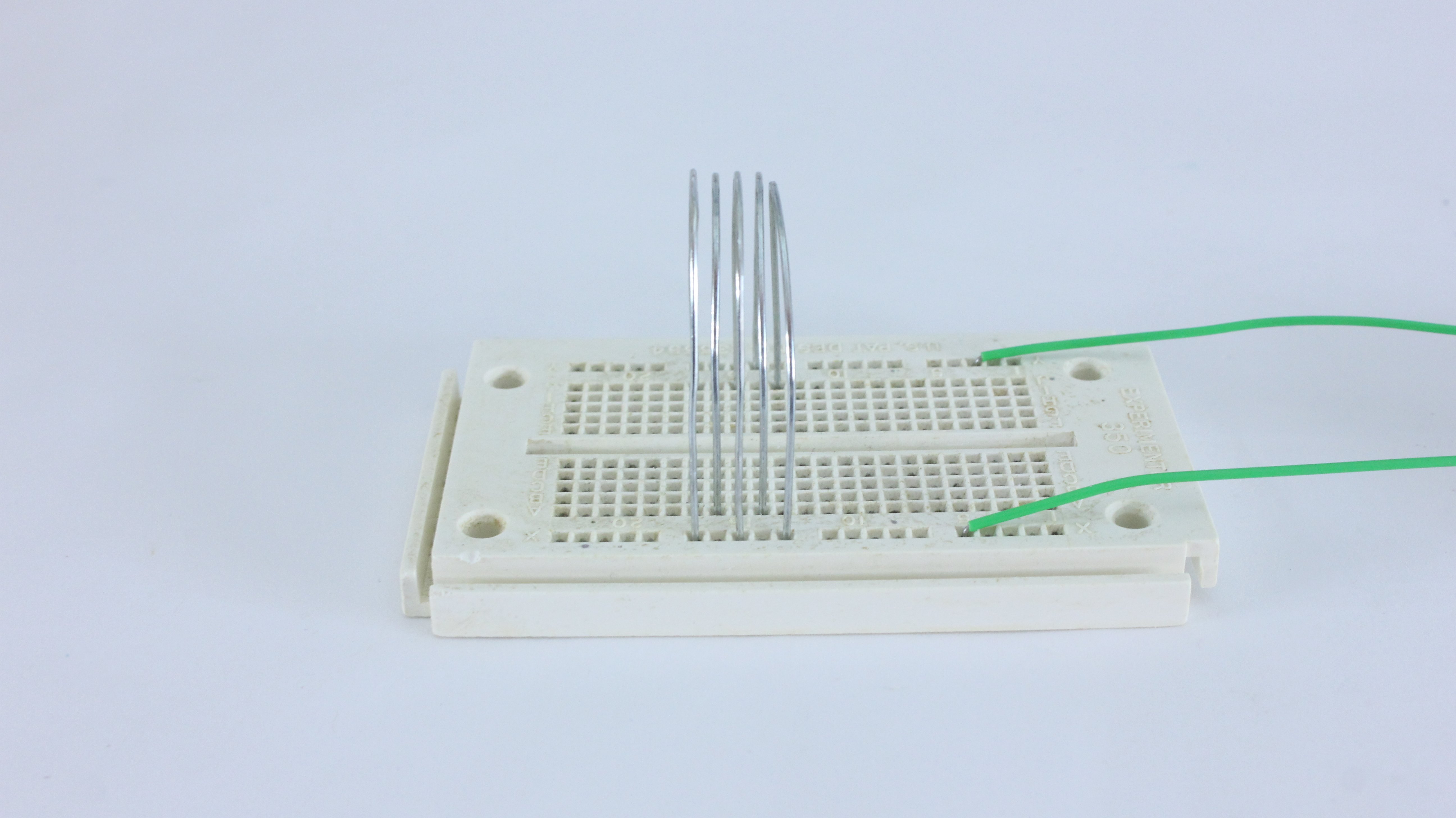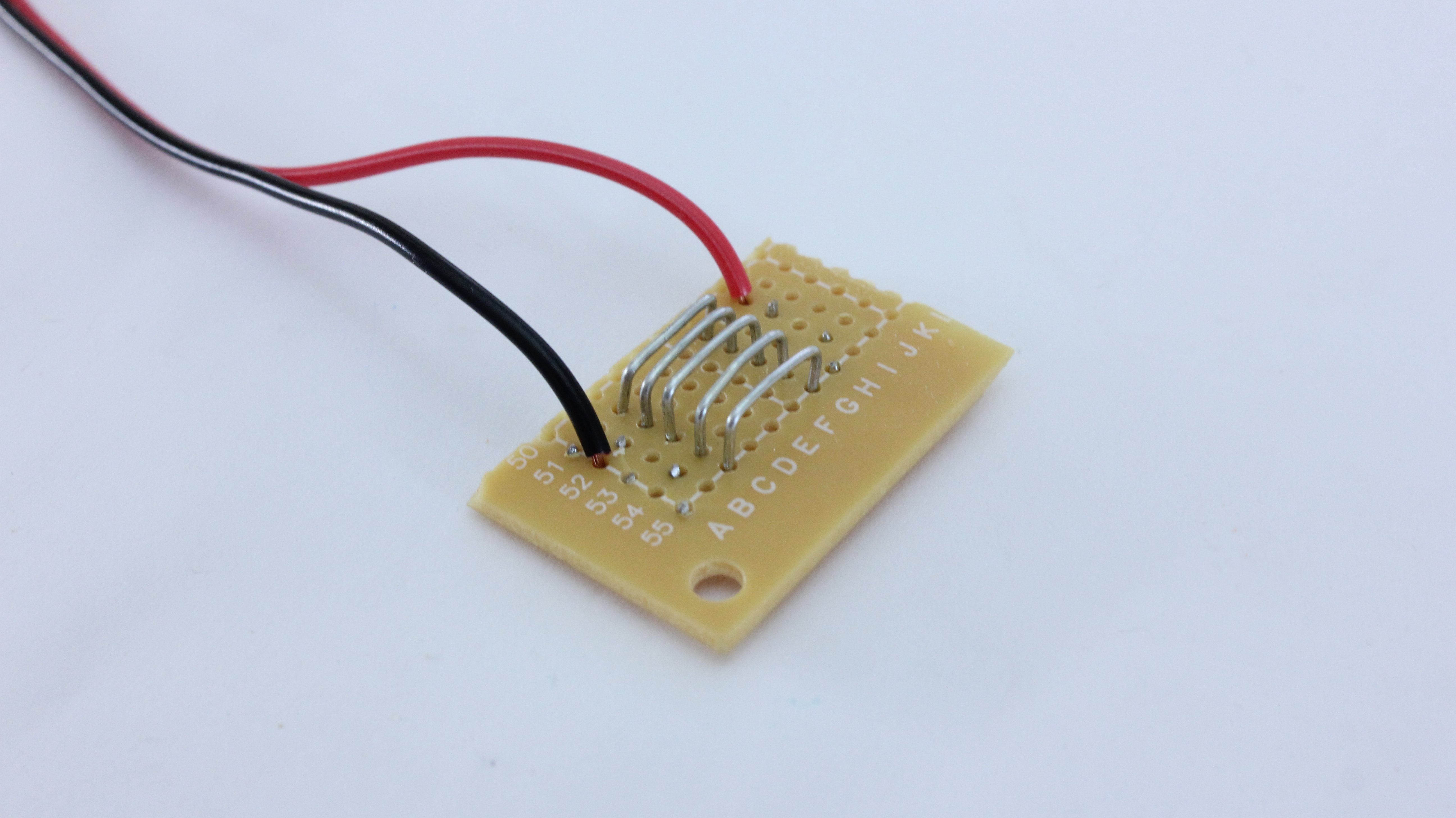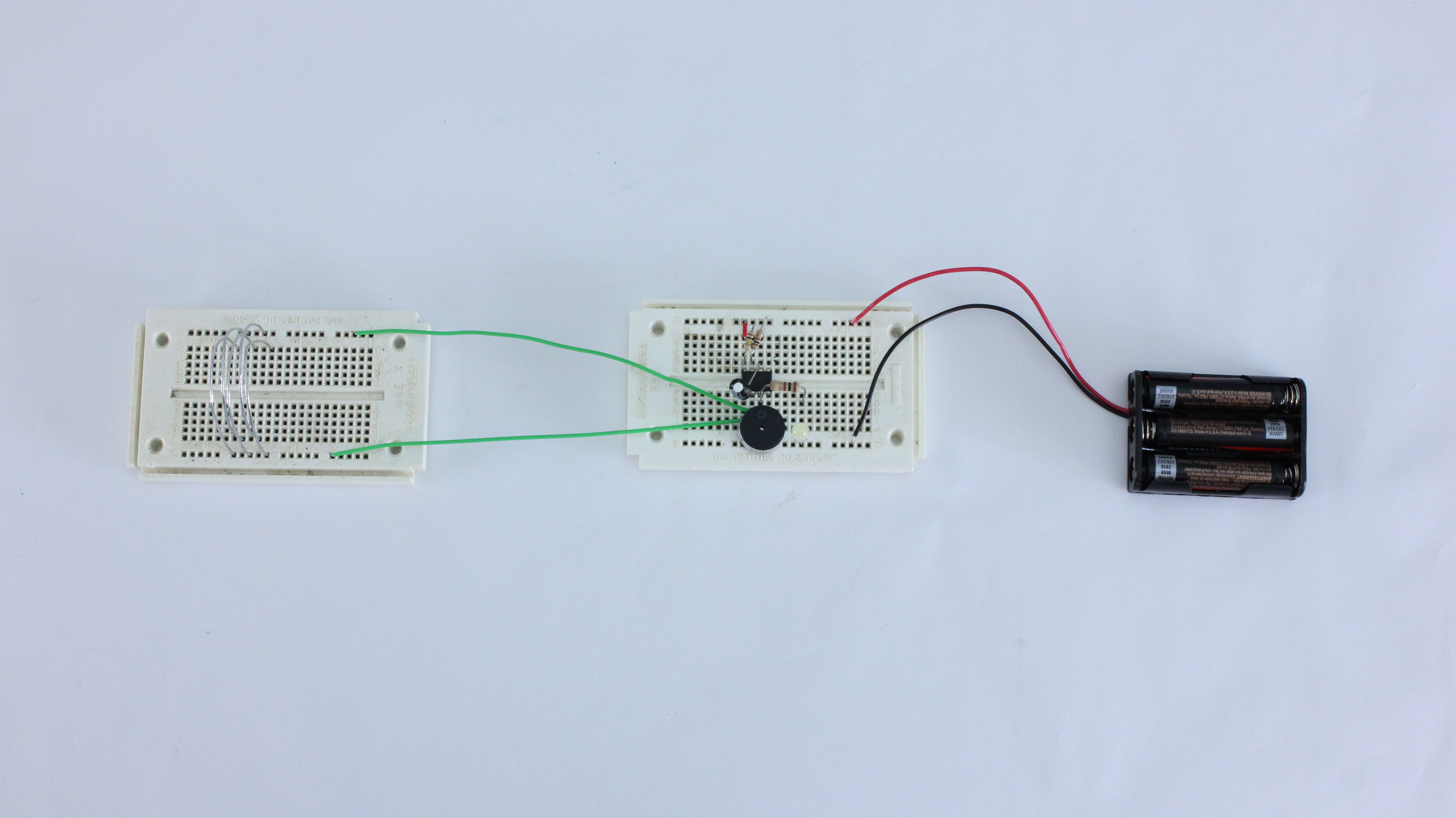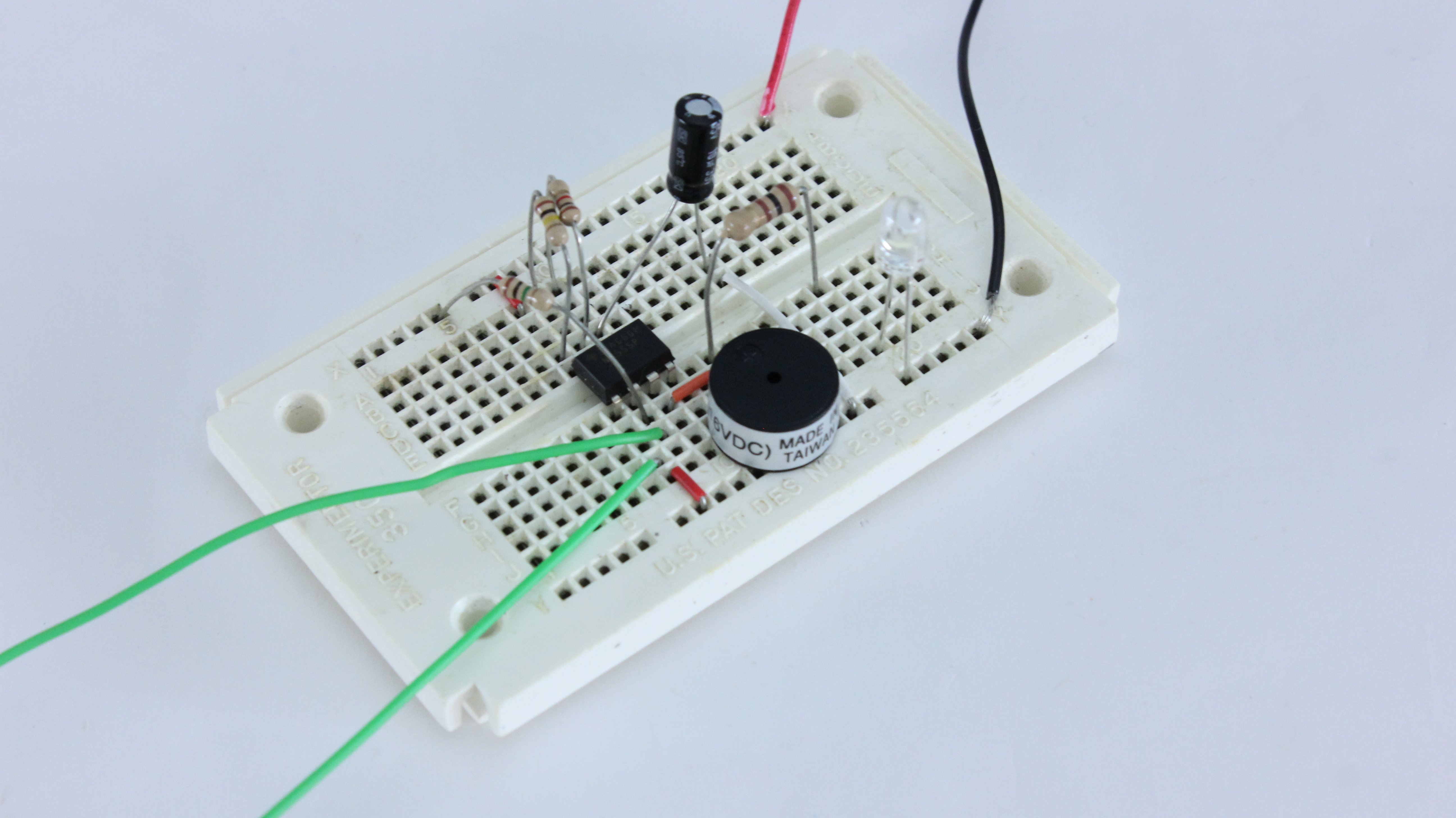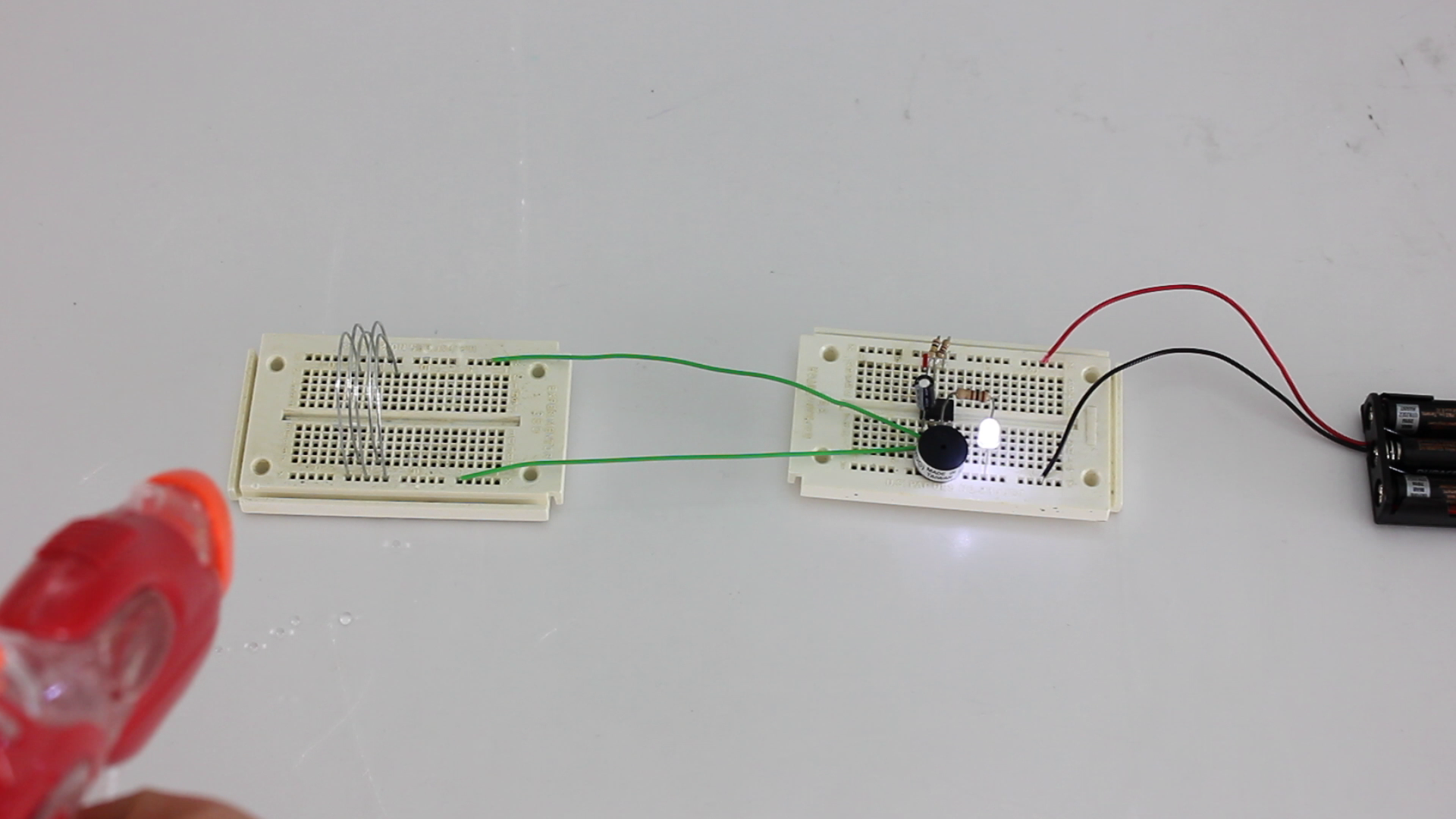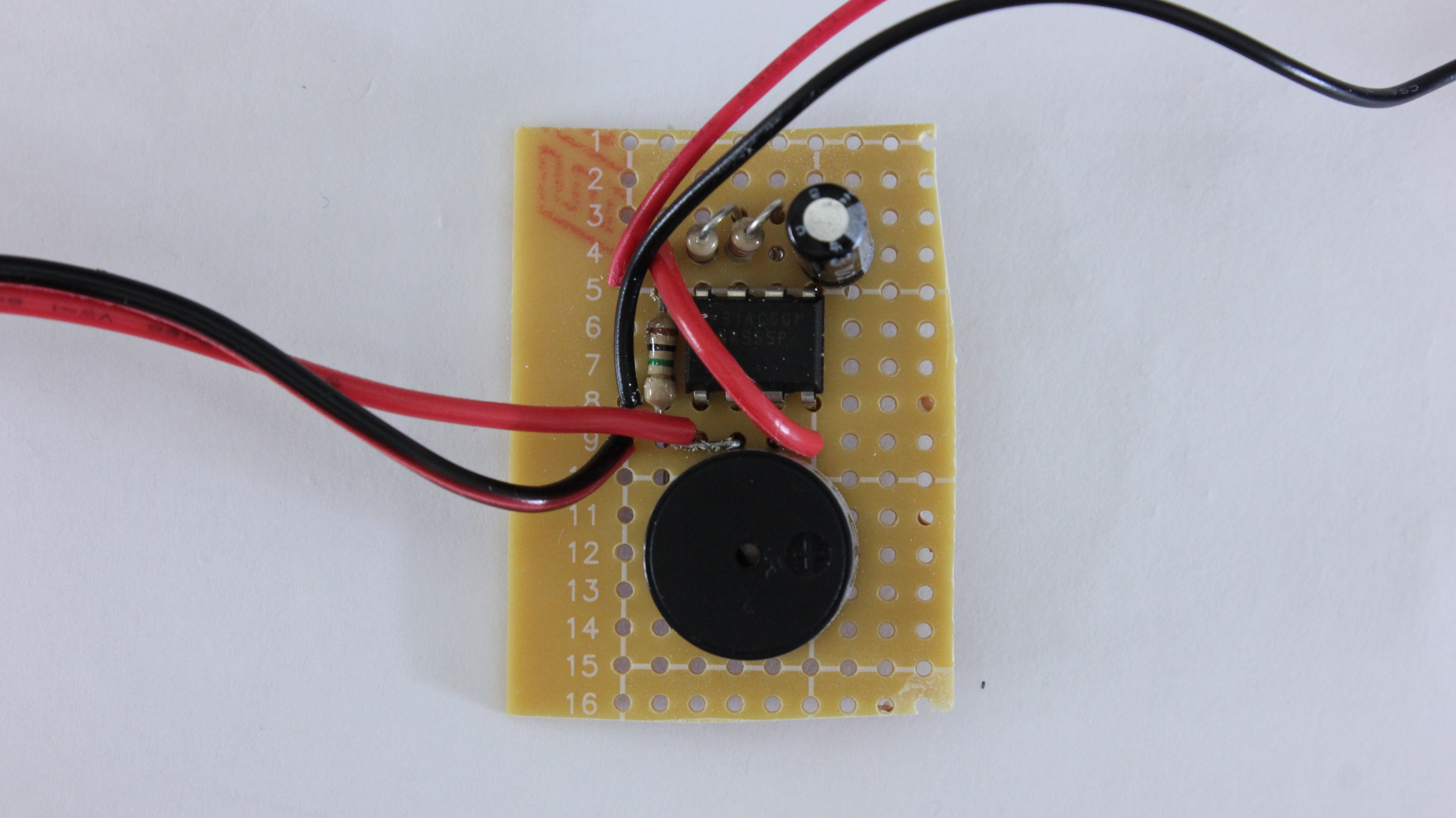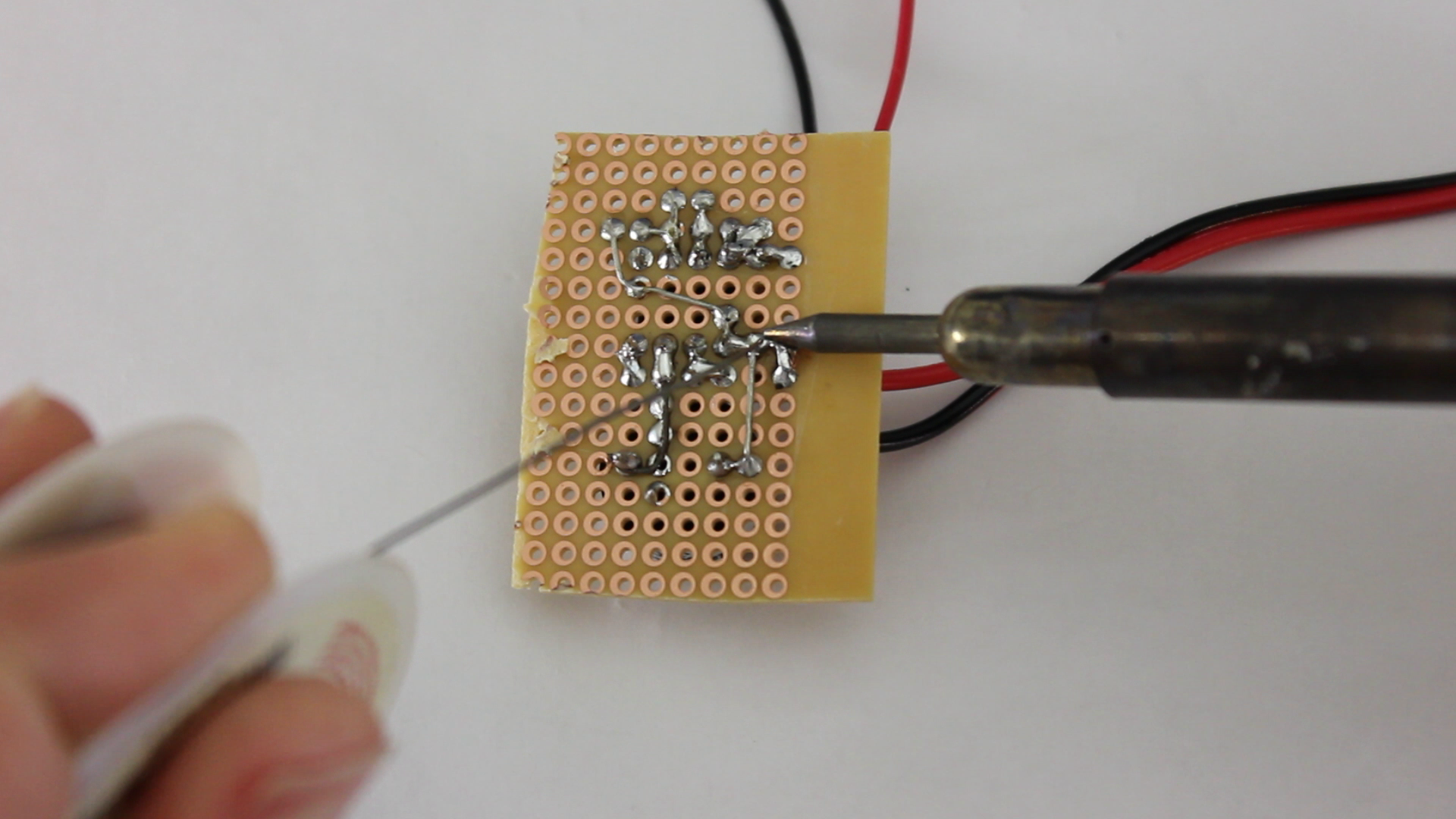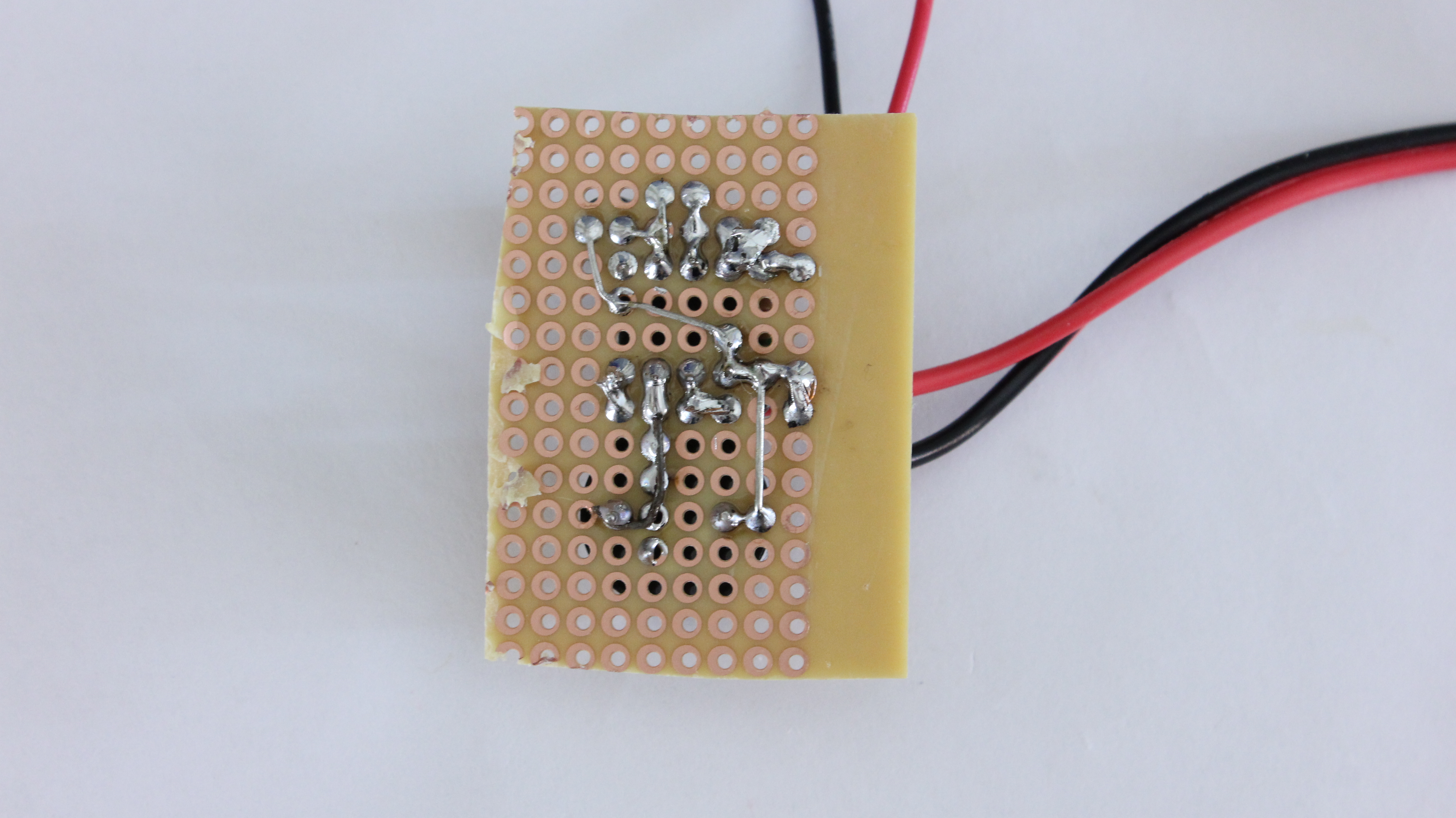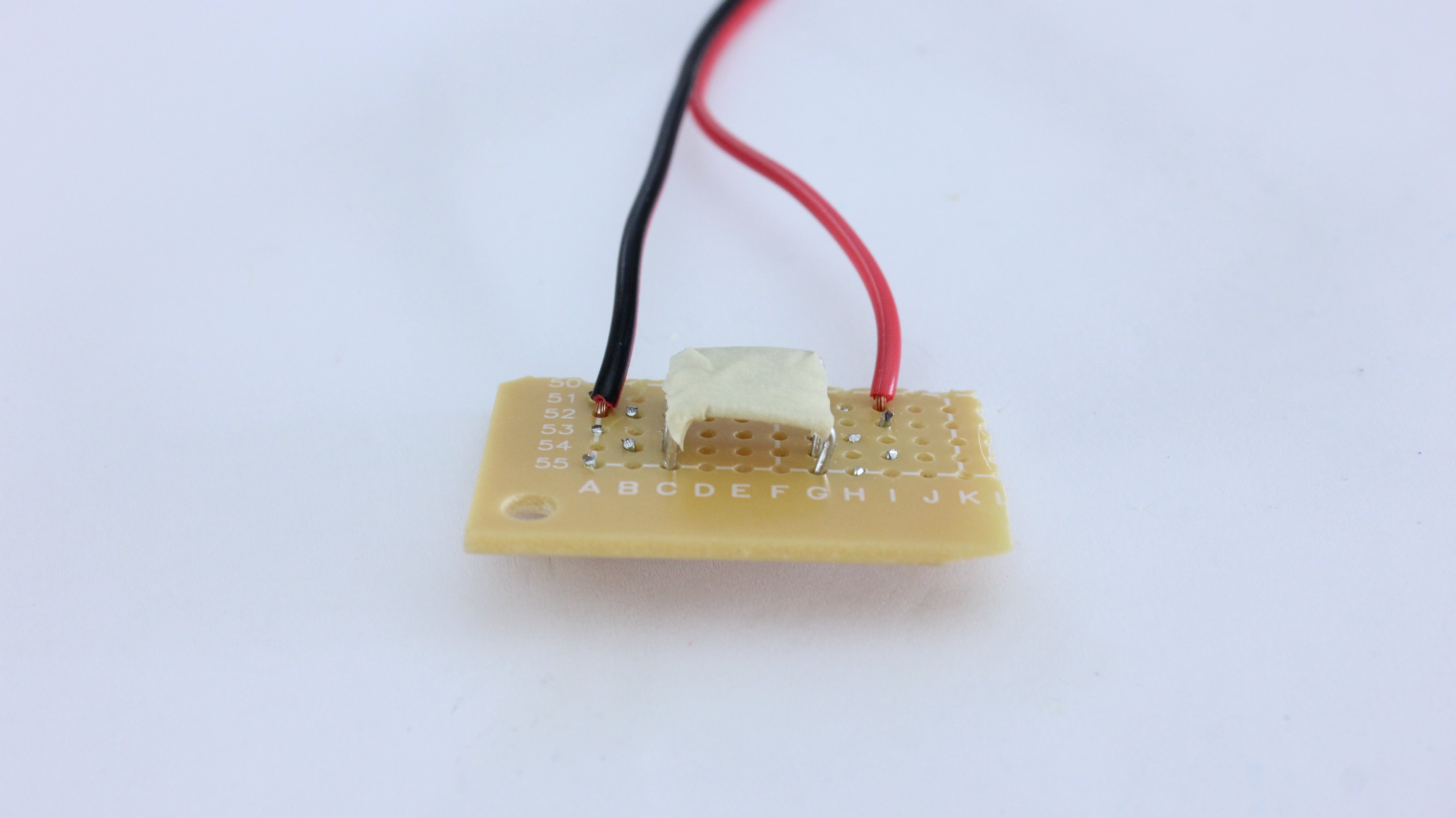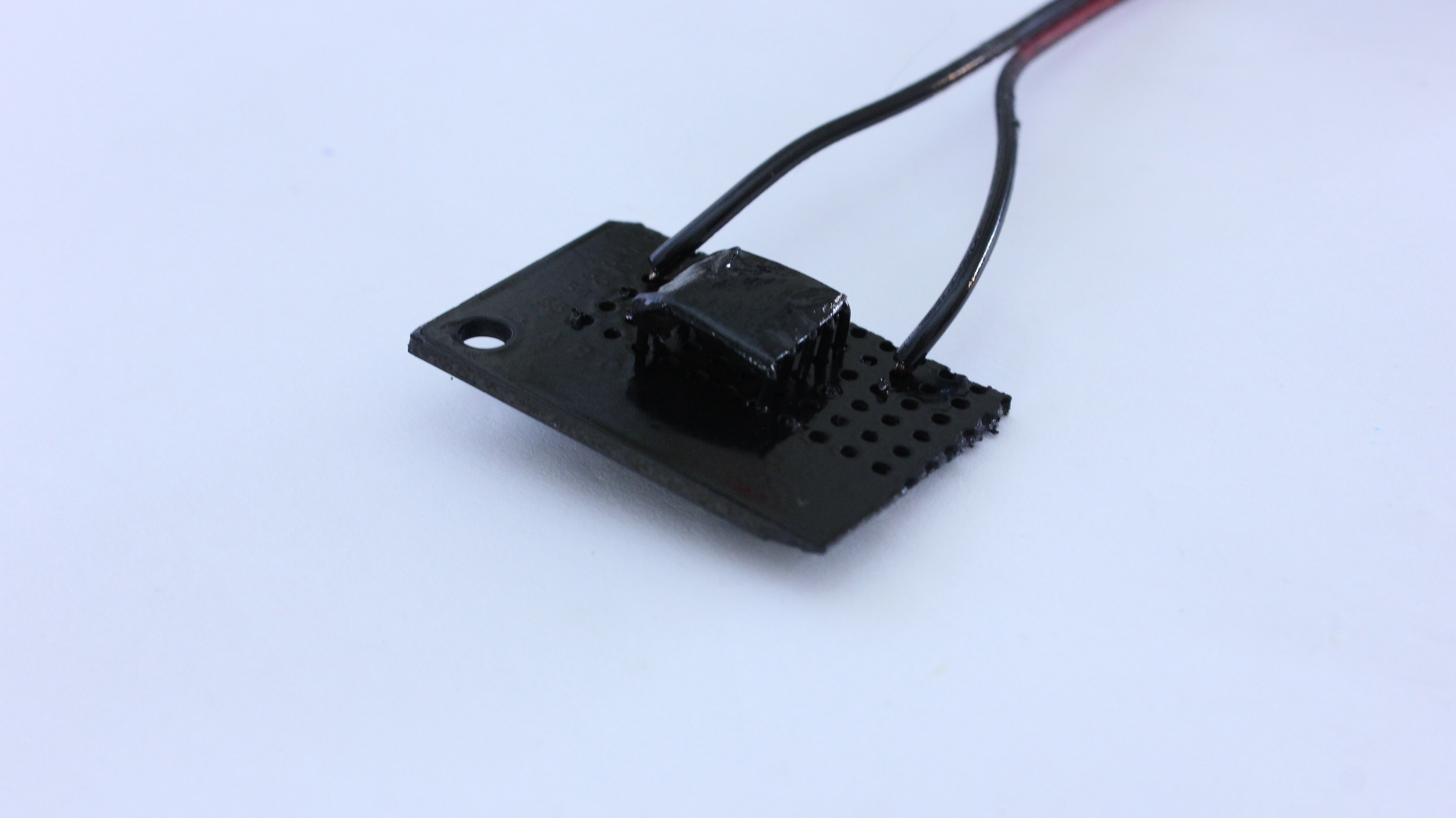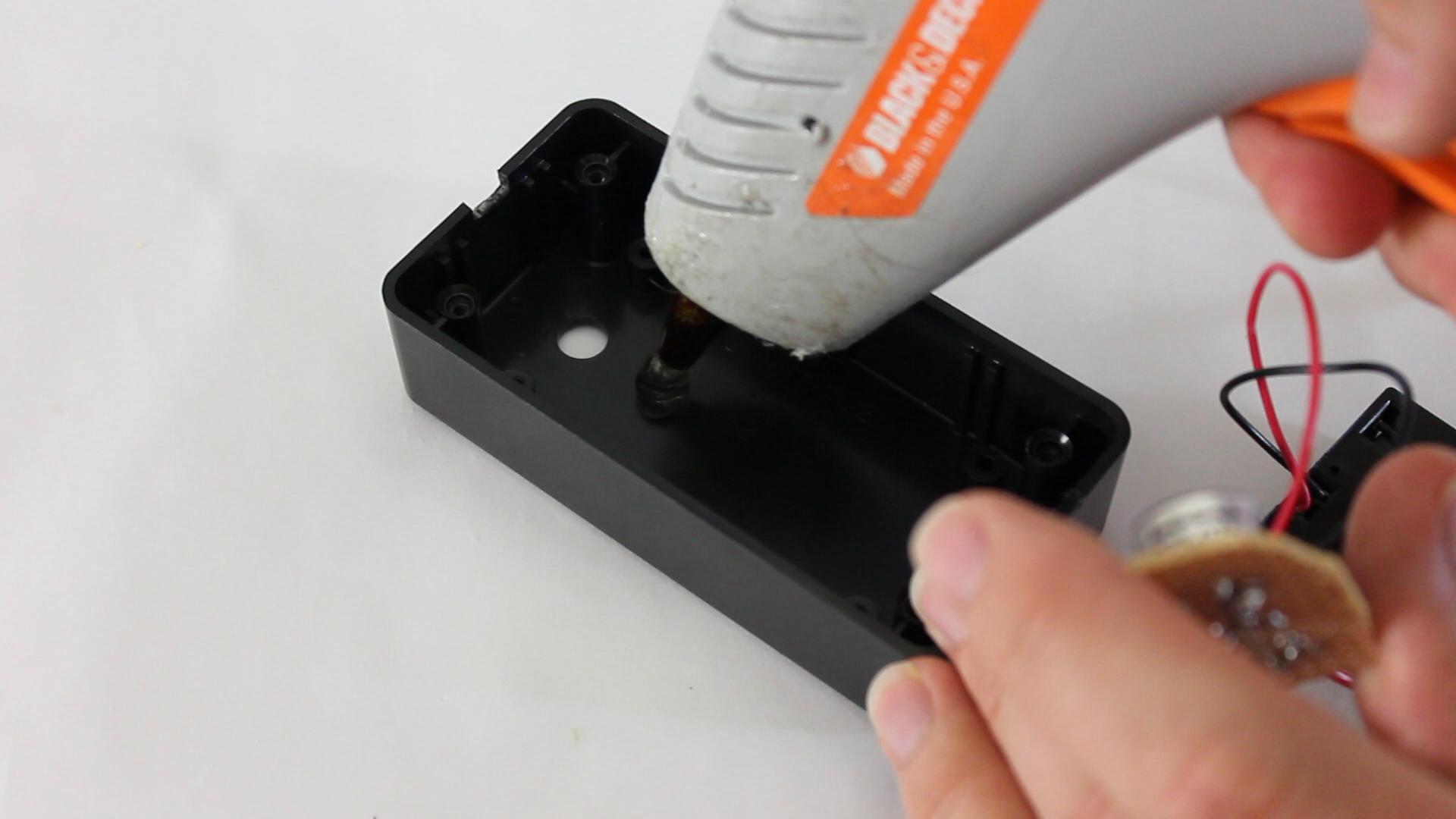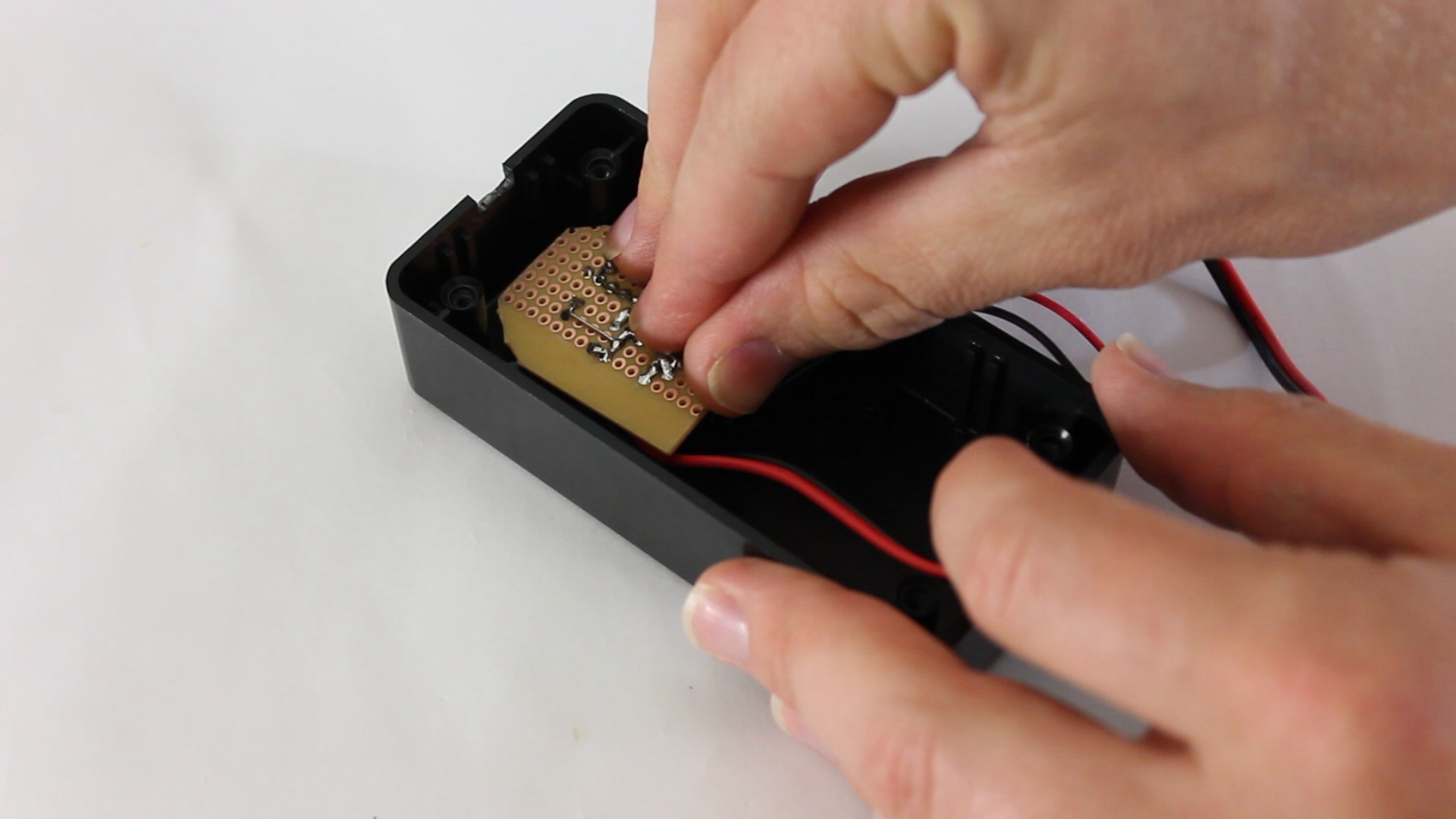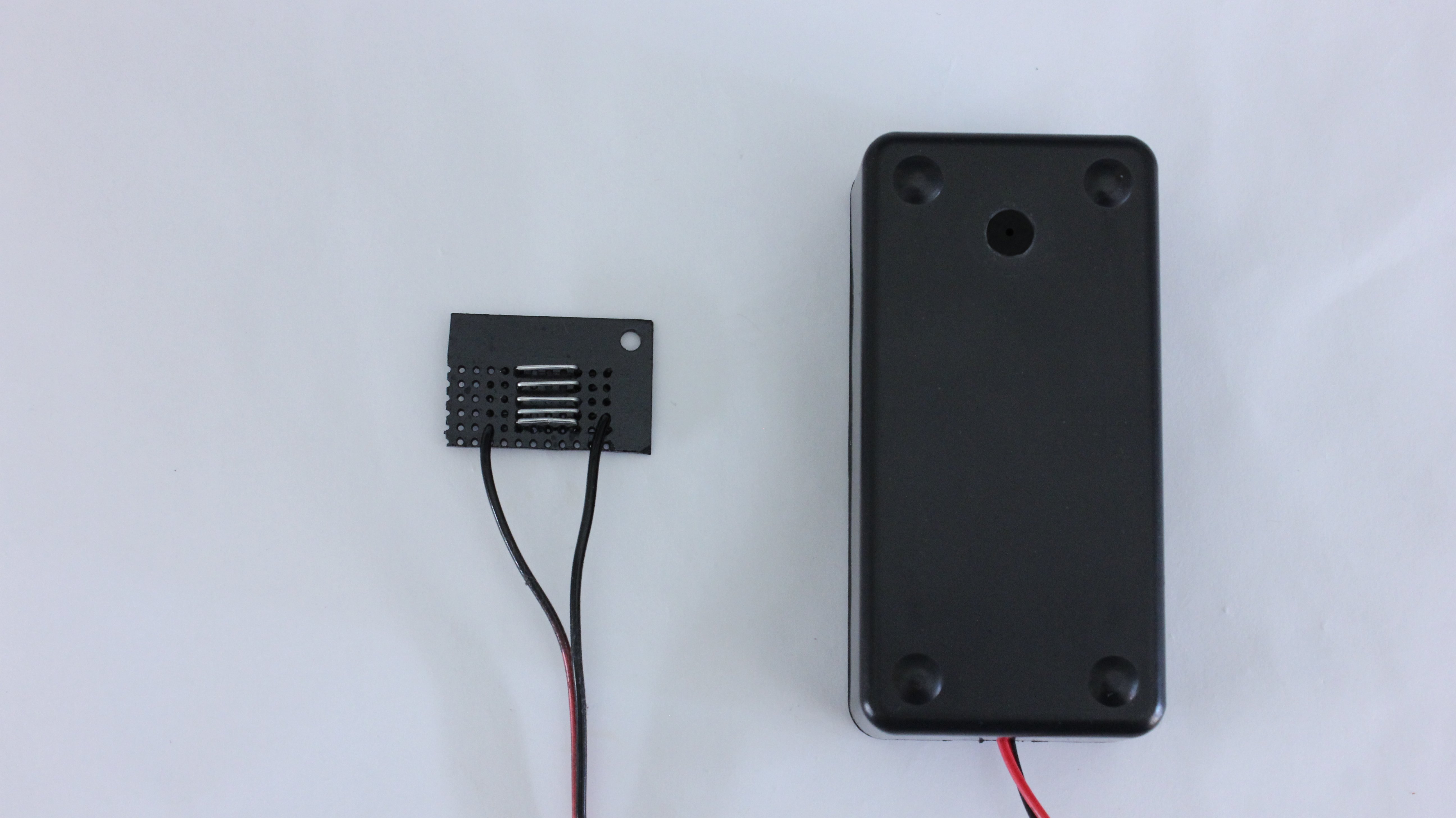Everyone loves water gun fights in the summer. But you can always make something better by adding electronics to it. So I designed a set of water sensors and buzzers that will beep when they are hit with the spray of a water gun. This lets you play a game similar to laser tag but with water.
And if you were wondering, no it won’t shock you or electrocute you.




